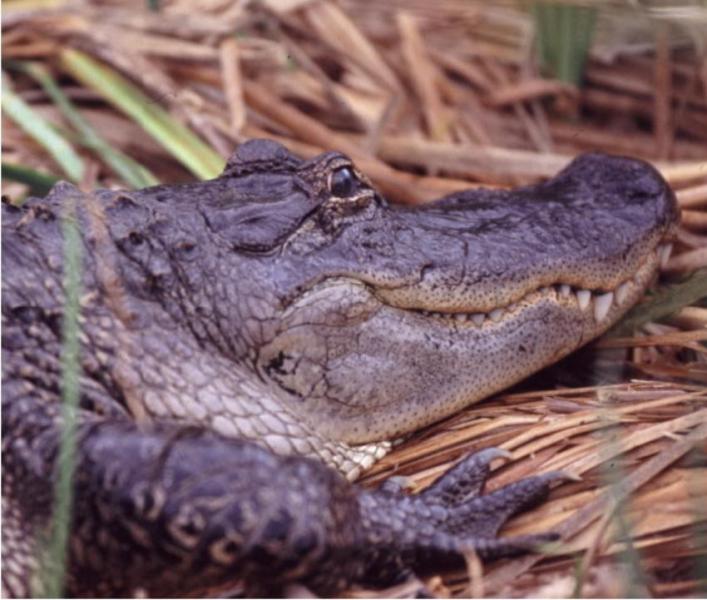Eyes: Windows to the Personality
By Dave Hanks
When I do photography, I have always tried to focus on an eye. A bright, clear eye in a picture makes the photo come alive – without the eye the animal is incomplete. Eyes are also a body adaptation that furnishes a key to how a species lives and survives.
For instance, a predatory life style can be ascertained by noticing the forward looking, binocular vision eyes. The same can be concluded for prey species with their eyes more to the rear, or actually on the side of the head, which allows detection of something approaching from behind. Nighttime predators have enlarged eyes that have many rods in them. An owl’s eyes are so big that they make up a third of the head. Other feathered predators, such as eagles and hawks, usually have yellow eyes. The yellow is the result of an oil-like inner eye secretion that is yellow, and it acts the same way as a filter on a camera does – an adaptation for an animal that must deal with bright sunlight. The placement of the eye is positioned to give each beast an advantage – i.e. giraffes with eyes situated to look down toward the dangers from ground level; or eyes placed on top of the head – such as frogs, hippos, and alligators that live in water. Their bodies can remain submerged with only their eyes out of the water. The Crocodilians may appear like a floating log, but they are well aware of any surface activity. Some lizard’s eyes are not on the same level with each other, giving them a wide range of vision.
Many animals have two eyelids: the outer one that closes the eye to light and other invasions, and an inner nictitating membrane which allows some light in and therefore some vision while still giving partial protection to the eye ball. Snake eyes have no eyelid and that is probably one reason that they appear eerie. They deal with light by the construction of their pupil. Each species pupil is adapted to the habitat it lives in: round, where light is no problem; elliptical vertical, against light from the side; elliptical horizontal, where there is more over head light; and pupils punctuated in a line of tiny holes, is an adaptation against extremely bright conditions.
Yes, eyes really are the doorway to an organism’s being!
(The American Alligator – An example of eye adaptation)
|
